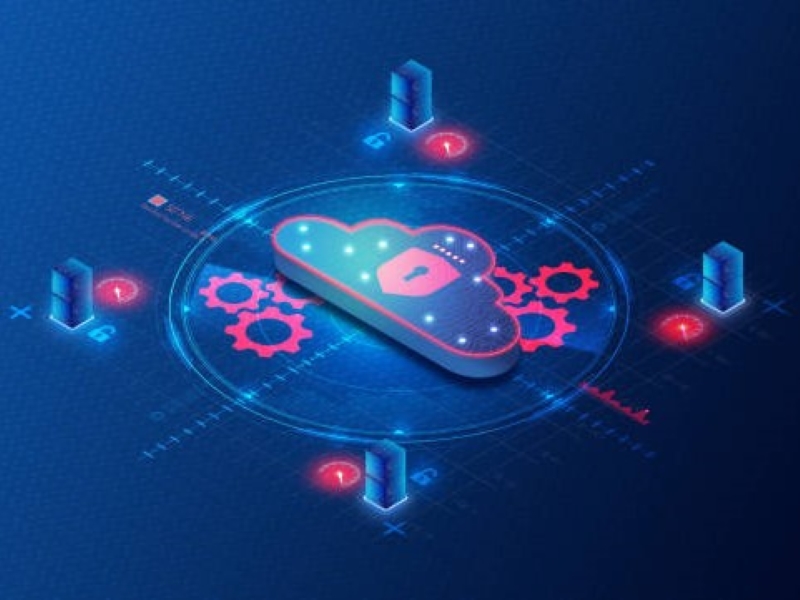- Telcos are forming strategic, multi-year alliances with hyperscalers to co-develop AI-driven customer and network solutions.
- These partnerships span diverse use cases—chatbots, GPU-as-a-service for autonomous vehicles, super-apps and more—demonstrating a new era of “co-ompetition”.
What happened: Telcos are partnering more deeply with hyperscalers
Telcos worldwide have struck ten major partnerships with hyperscalers such as Microsoft, Google, AWS and regional players like Naver and Tencent.
- Vodafone & Microsoft: Deployment of Azure AI Foundry, Azure OpenAI, Copilot and AI Search initiatives not only elevated customer-facing chatbots but also piloted an internal “SuperAgent” in Italy, slashing call times to under one minute.
- KT, Naver & Microsoft: This three-way partnership secured a $150 million GPU-as-a-Service deal for Hyundai’s autonomous driving arm, marking a shift from network carrier to AI delivery platform.
- Orange & Tencent: Culminating at MWC 2025, this alliance uses Tencent’s Super Cloud-as-a-Service to power Orange’s “Max It” super-app in Africa and the Middle East—with a target of 45 million users in 2025.
- Ericsson & Google Cloud: The launch of Ericsson On-Demand in June 2025 marks a core-as-a-service model built on Kubernetes and Google’s infrastructure.
- Vodafone’s multi-year deals: In 2024, Vodafone signed ten-year partnerships with Microsoft and Google to embed generative AI into customer experience and services like Vodafone TV and IoT.
Also read: European telcos urge action on subsea cable security
Also read: Chinese hackers breached Asian telcos for years
Why it’s important
Alliances forged by these telcos draw a line over the way telcos have been doing business as connectivity targets. Instead, they are moving further up the value chain and turning themselves into digital service solutions co-creators. Which includes generating AI fully integrated into the client’s businesses and offering appliance-less scaled AI models. Once was a business model where telcos and hyperscalers were polarized competitors is swiftly turning into a different business model where suppliers and service customers cooperate.
While telcos furnish the physical provisions such as fibre, passive and active customers as well as public locations, the hyperscalers have strong IA and vast infrastructure. This approach enhances not only the operations, like Vodafone’s AI agent cutting down the call recordings longer than 1 minute, but it also enables businesses to launch entirely new sources of revenue -starting with GPU-as-a-service in autonomous cars to super-apps in untapped emerging markets that span e-commerce, fintech, and content aggregation. By adopting these hyperscalers, the telcos become more flexible, affordable, and go up in the value chain. This move fits them not only to a better competitive position between them, but also against great tech companies they Merged with.

